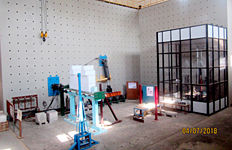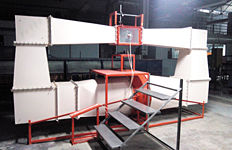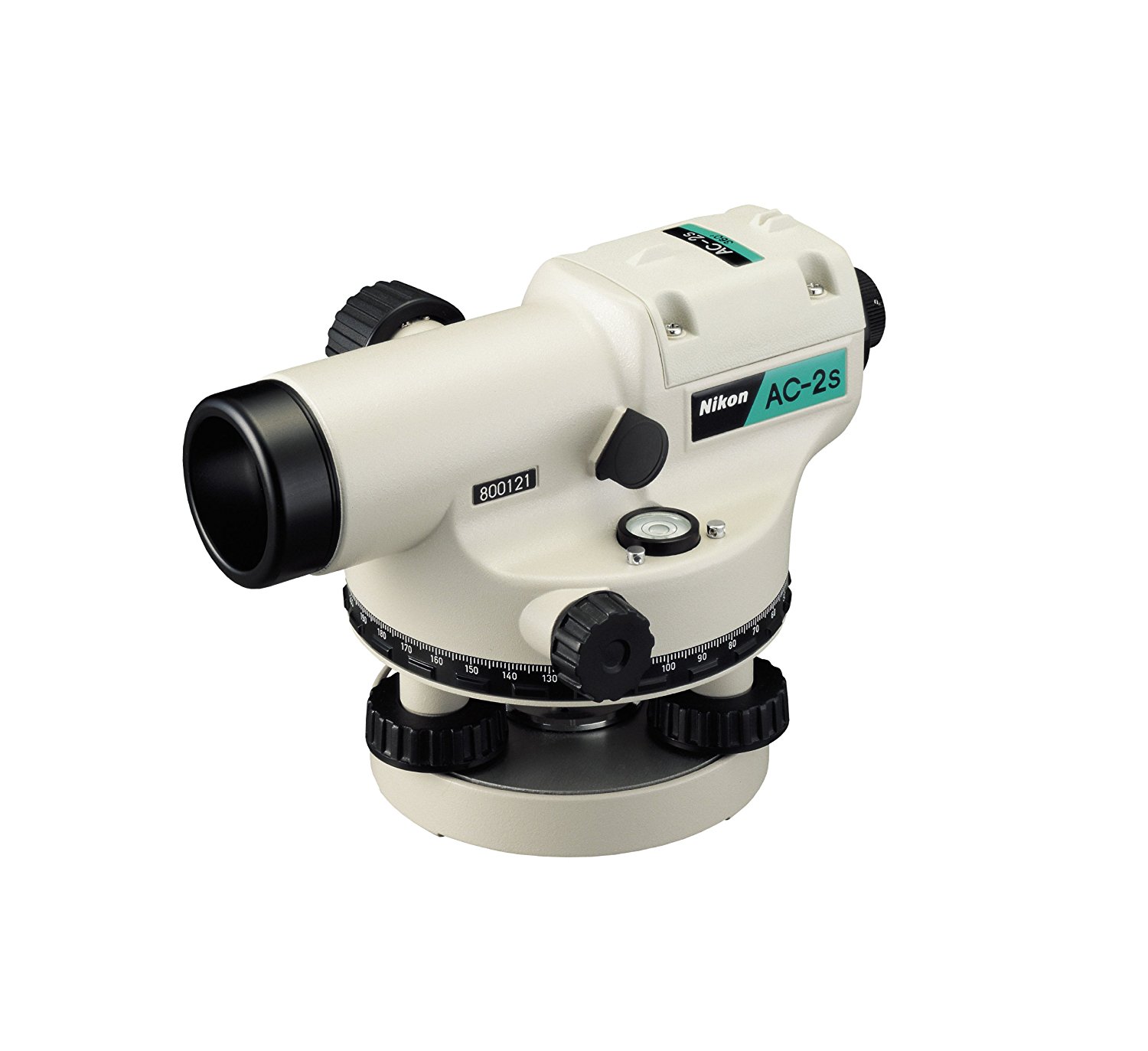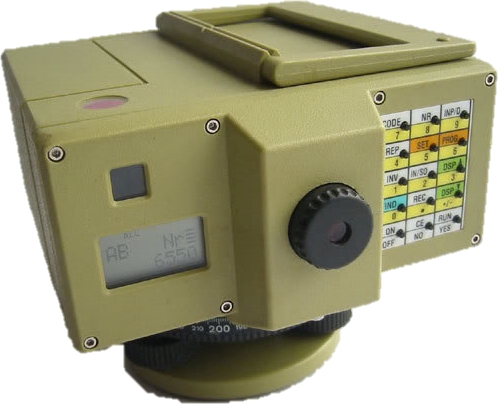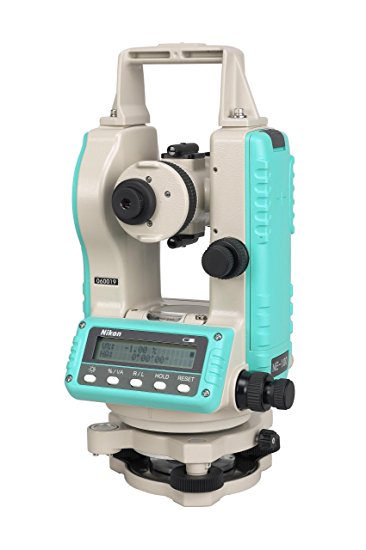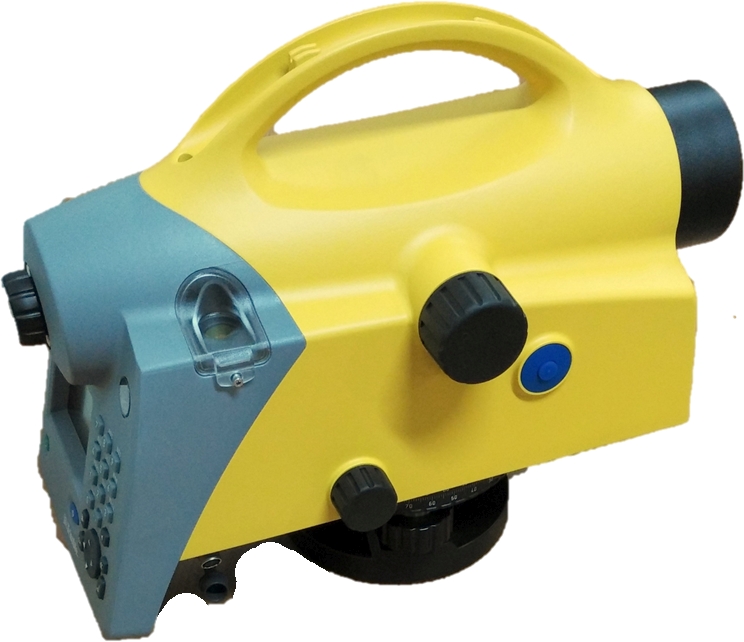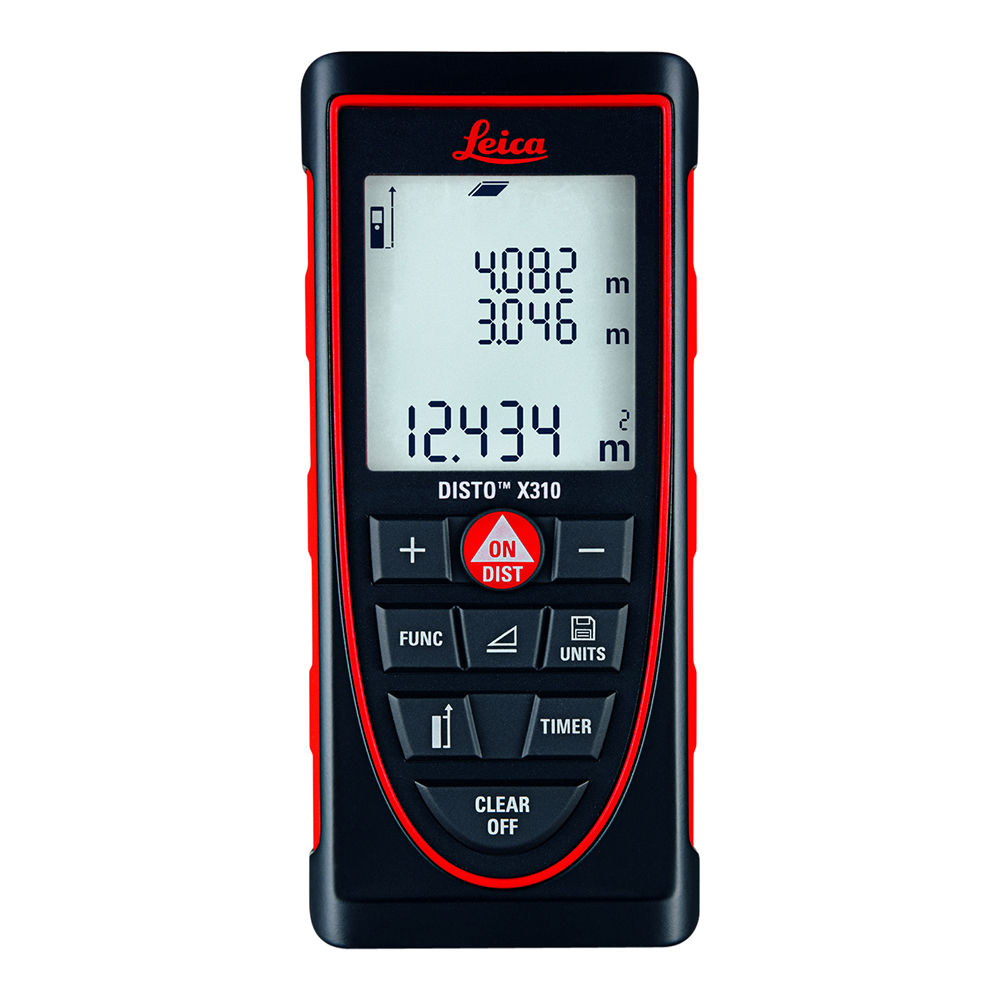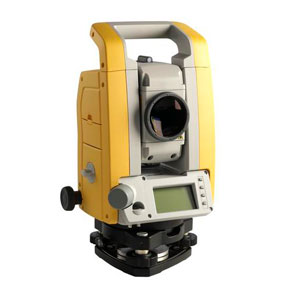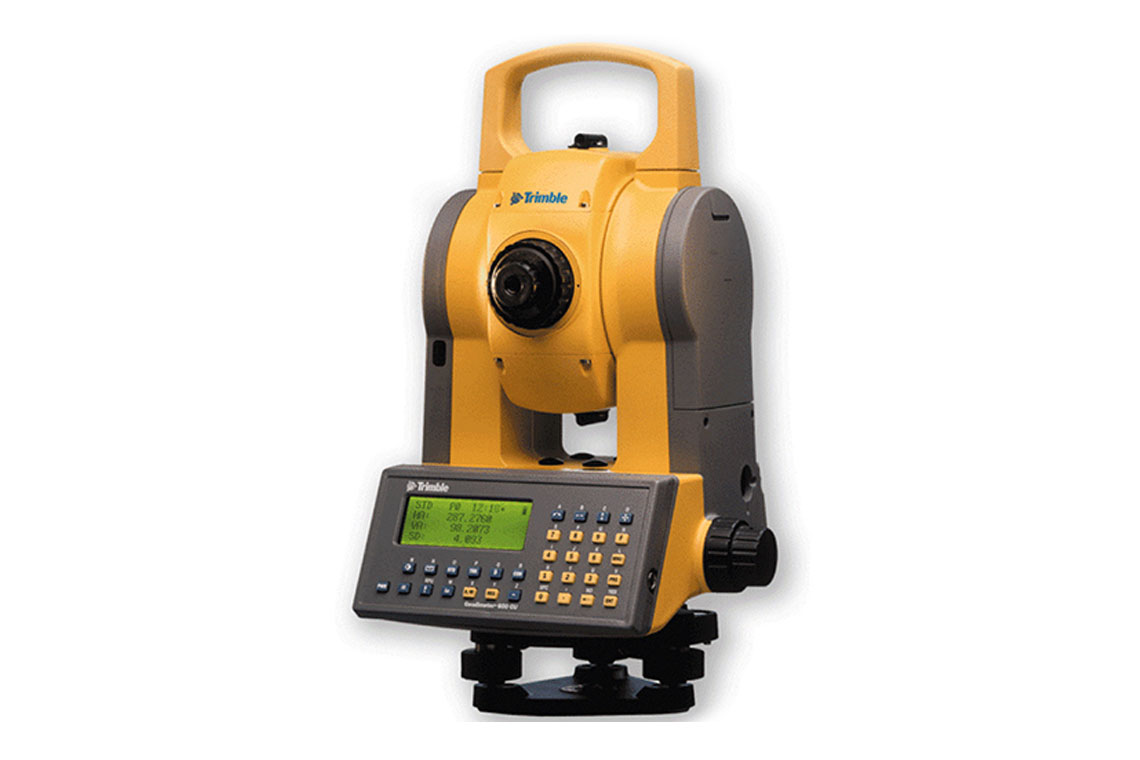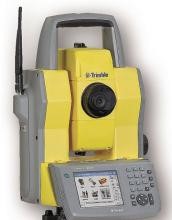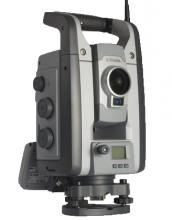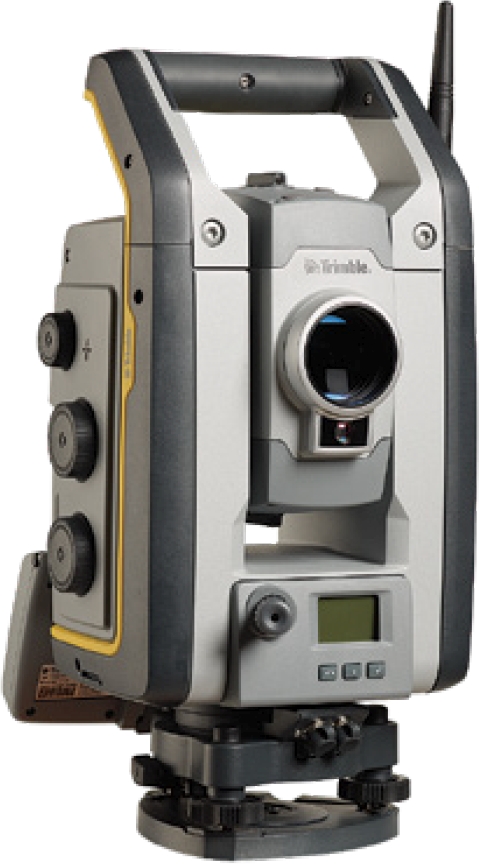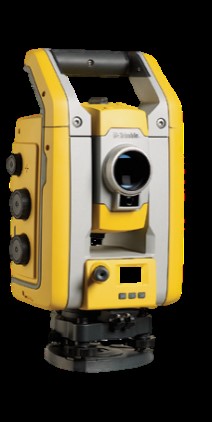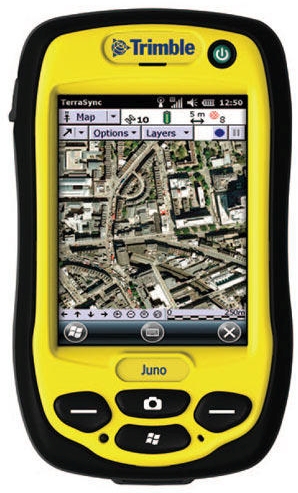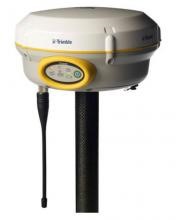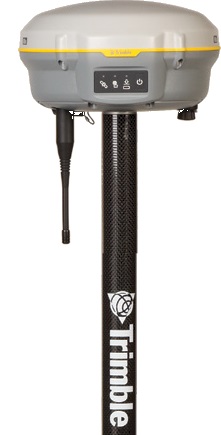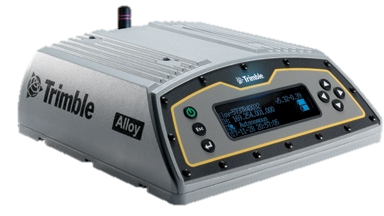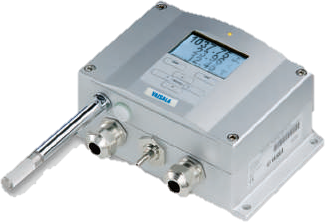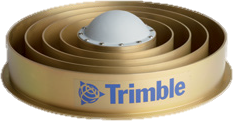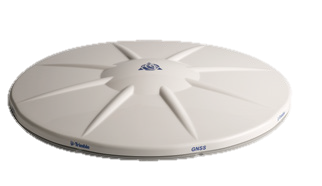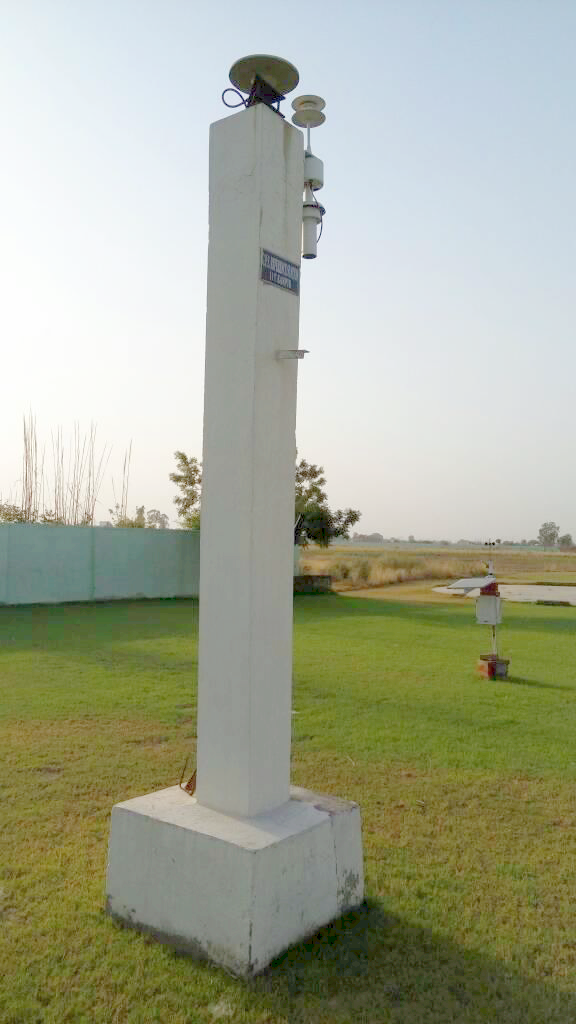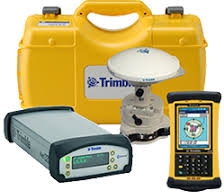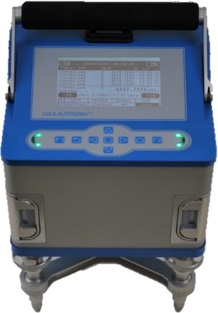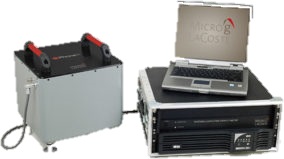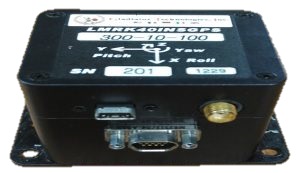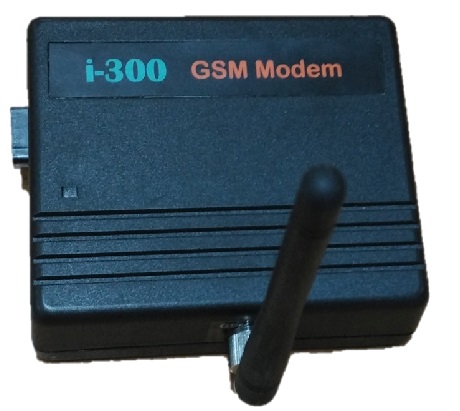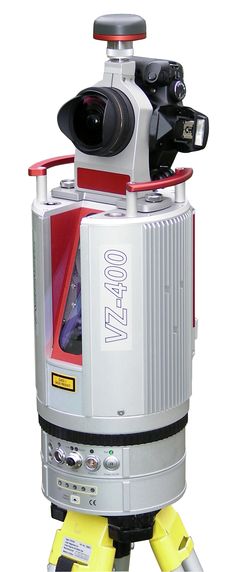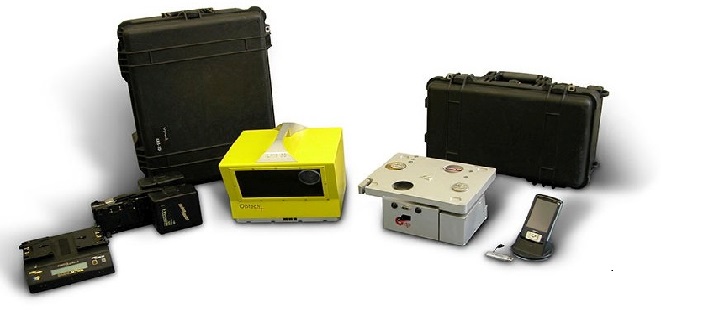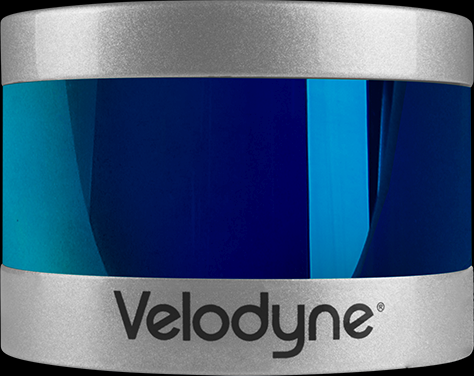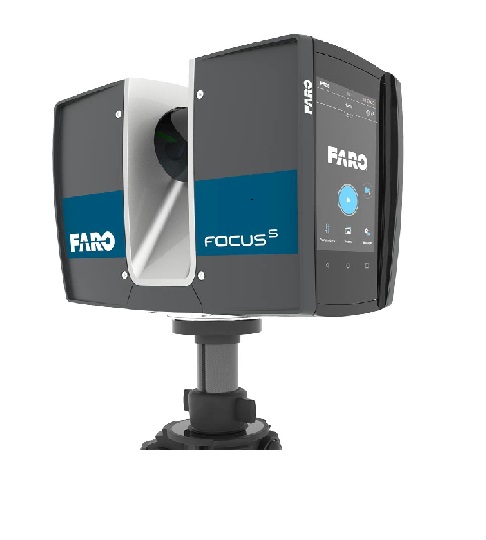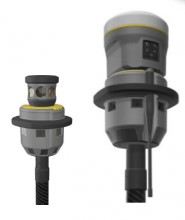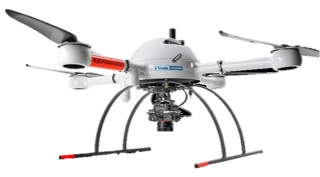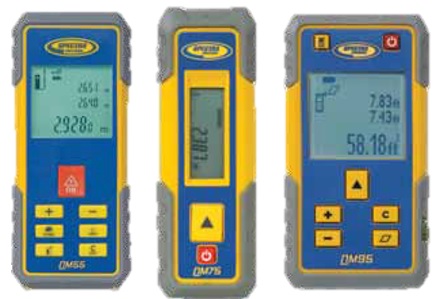Abstract:
The Himalayan Frontal Thrust (HFT) and the surrounding piedmont alluvial region represent a zone of active deformation in the Indo-Gangetic plains. We investigated the Piedmont zone between the Ghaggar and Yamuna River basins in Haryana, India, for geomorphic signatures of active tectonics using remotely sensed data and validated by Geophysical Ground Penetrating Radar (GPR) surveys. The possible locations and the types of active tectonic features such as sub-surface fault, ridges, lineaments and warps were identified based on the presence of geomorphic signatures such as drainage gradient anomalies, abrupt change in flow direction, river offset, compressed meanders, paleochannels and topographic breaks. We used various optical satellite imageries to detect and map the temporal changes in the flow pattern of rivers in the study area. GPR investigations were done at selected test sites to locate and verify the continuity of subsurface fault. The GPR profiles were taken in the North-South direction using the common midpoint technique with 40 and 100 MHz antennae. Low frequency bi-static GPR scanning confirmed a number of dipping reflectors due to fault planes and warp surfaces in the study area. It is concluded that the piedmont zone of Haryana is actively deforming and could become a future seismic hazard zone.






